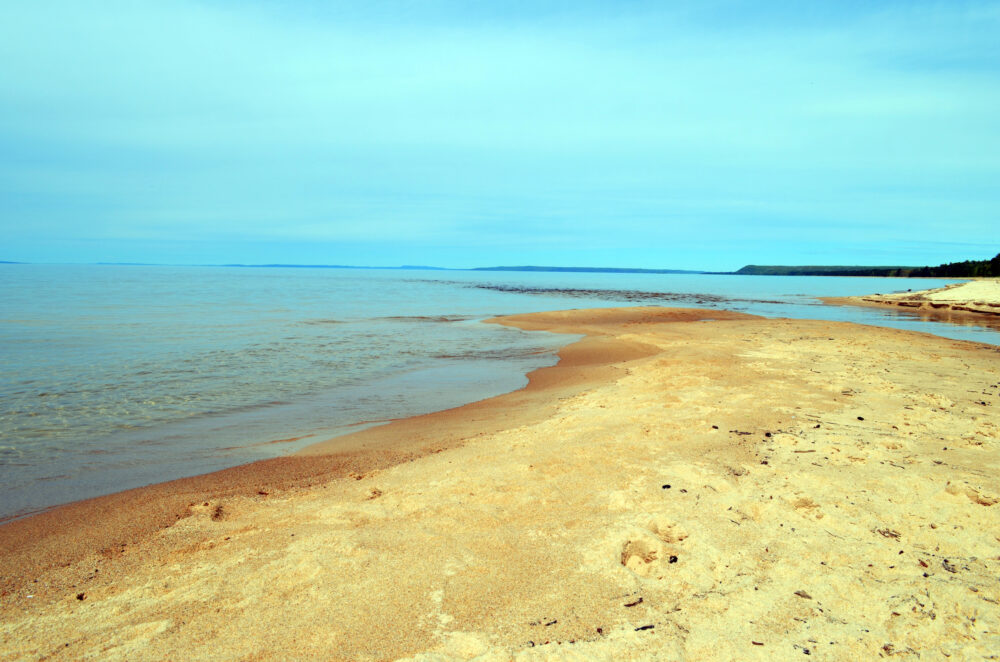We have much more to do and your continued support is needed now more than ever.
How Investing in America’s Natural Infrastructure Aids Wildlife and People
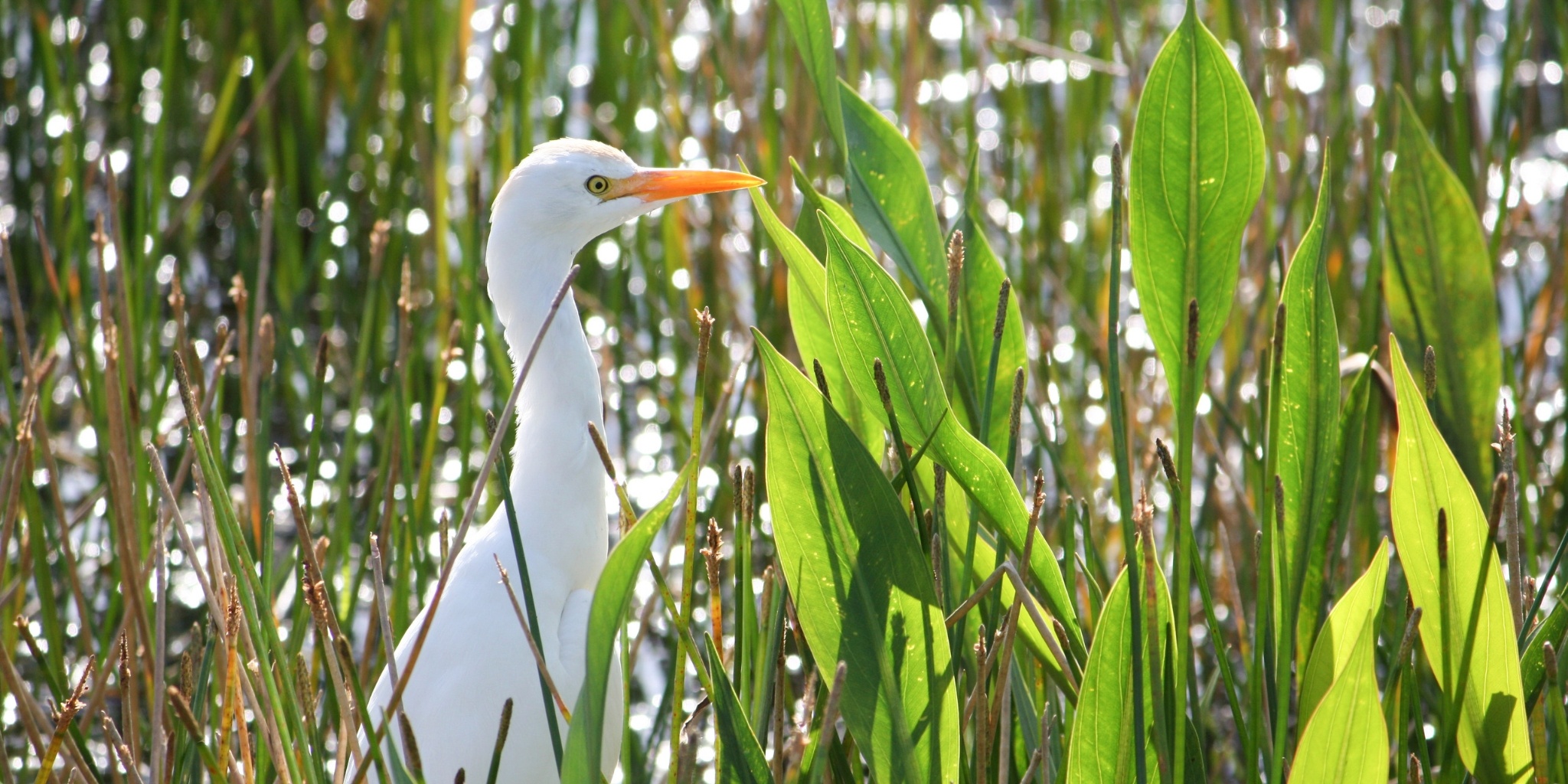
Infrastructure isn’t just about roads and bridges—it also includes the natural systems that provide essential services that benefit people, communities, and industry. This “natural infrastructure” is crucial for both people and wildlife, and smart investments to maintain and restore healthy ecosystems will be key to protecting communities from accelerating climate impacts, providing abundant and clean water, and growing the economy.
Congressional interest is growing quickly in the idea of a bipartisan infrastructure investment bill, and the President has also made it a priority. Given dire warnings from the Intergovernmental Panel on Climate Change that the world must put pro-climate policies in place in the next decade to have a chance of limiting global warming to 1.5 degrees Celsius, Congress must look at every major legislative initiative with an eye towards possible progress to cut carbon pollution. Infrastructure policy is a perfect example, where significant investments will be made in energy, transportation, and our built environment – all things that could lock in greenhouse gas-emitting patterns for decades to come.
Take action! Tell your governor and members of Congress to show leadership on climate change:
Take Action!
A smart infrastructure bill should include robust investments in natural infrastructure to fund major climate and conservation priorities, such as:
- Reducing climate-disrupting greenhouse gas emissions;
- Increasing resilience of communities and natural resources to the impacts of climate change, including increasingly frequent and severe natural disasters,
- Protecting and restoring forests, waterways, and other wildlife habitat in ways that capture more carbon; and
- Boosting local economies that depend on outdoor recreation and increasing the supply of quality jobs in the restoration and management of forests, wetlands, and other natural systems.
These investments would benefit wildlife and communities across America in a fiscally responsible way by serving as a smart insurance policy against costly extreme weather and climate effects while also providing a down payment on the low-carbon economy of the future.
What is Natural Infrastructure?
Natural infrastructure consists of natural or nature-based systems that provide essential services and benefits to society, such as flood protection, water purification, and carbon storage. Such systems can be natural ecosystems, like forests, floodplains, beaches, and grasslands, or they can be engineered systems that use natural materials and are designed to emulate the functioning of natural ecosystems.
What that means is that investing in natural resources along with traditional infrastructure can benefit both wildlife and local communities.
Investment in natural infrastructure can:
- Ensure abundant and clean water for people and wildlife,
- Increase the capture of carbon (carbon sequestration) in soils, forests, and grasslands,
- Maintain existing carbon sinks and protect them from natural disasters,
- Protect and restore wildlife habitat,
- Create and stimulate sustainable local economies, such as ecosystem restoration and outdoor recreation related industries,
- Improve resilience of people and wildlife to the impacts of climate change. Climate resilience is defined as the ability of a system (either natural or human) to withstand, adapt to, or recover from the accelerating impacts of climate change, such as sea-level rise, flooding, drought, megafires, and more severe hurricanes.
The below examples highlight critical areas where investment in natural infrastructure can make a BIG difference for people and wildlife.
Buffering our Coasts against Sea-level Rise and Storms
Coastal areas with healthy floodplains, wetlands, dunes, and forests are better able to buffer the impacts of sea-level rise and storms than ecologically degraded areas, and can often self-repair after storm or flood damage. Investing in this type of natural infrastructure along U.S. coastlines can act as an insurance policy or first line of defense for other types of infrastructure, including roads, levees, and coastal communities. Natural infrastructure is often cost-effective compared to hard infrastructure, and can provide benefits for fish and wildlife habitat, water quality, and recreation opportunities.
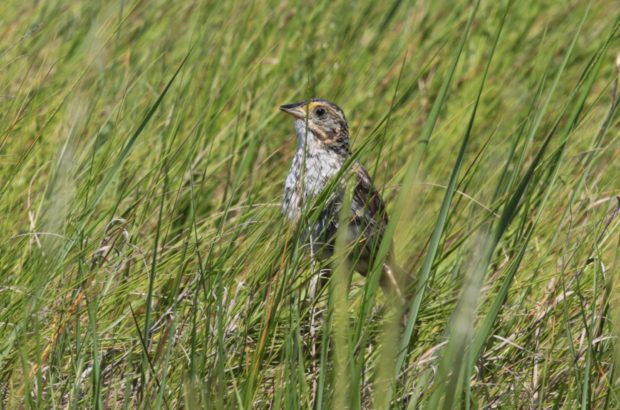
Saltmarsh sparrows only nest in low lying tidal marshes along the East Coast. These tiny birds are very sensitive to the impacts of sea-level rise and storm surge. The Northeast is projected to experience anywhere between 1.5 to 6 feet of additional sea-level rise over the next century, which could spell disaster for the saltmarsh sparrow. Restoring these marshes can help protect the sparrow and the coastal communities that are impacted by rising seas.
Supplying Clean Water, Fighting Drought, and Reducing the Risks of Flooding
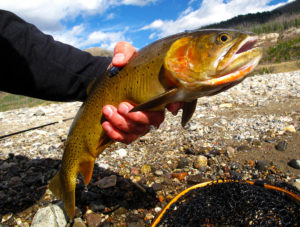
The 2016 Hayden Pass fire in Colorado’s Sangre de Cristo range burned through a forested area badly affected by bark beetles. This area contains streams that are the only known refuge for a unique and isolated population of cutthroat trout, which was only discovered by biologists in 1996. Fall monsoon rains after the fire washed significant amounts of debris, ash, and sediment into the trout’s habitat. Proper investment in degraded forests like this will help restore habitat, reduce the risk of megafires, and ensure clean water for fish and people.
Climate change is increasing the risk of severe drought and extreme floods in the United States. Conserving and restoring natural systems can be a cost-effective way to reduce drought and flood risk to downstream communities by capturing and storing large quantities of water during rainfall events. One acre of wetlands can store more than a million gallons of floodwater. Compared with conventional water storage projects, like reservoirs, these nature-based solutions also provide multiple community benefits, like recreational opportunities, wildlife habitat, and water quality improvements.
Drought threatens local agriculture and increases the risk of megafires. It is critical that the United States address this threat through investment in the front lines of defense against future disasters – natural infrastructure. Protecting and restoring forests and watersheds helps create more resilient communities and ecosystems in a changing world, and helps protect the $992 billion food and agriculture industry. It also provides communities with clean drinking water and helps support outdoor enthusiasts who enjoy fishing and swimming in inland streams, rivers, and lakes.
Protecting Wildlife, Public Lands, and the $887 Billion Outdoor Economy
The U.S. outdoor economy is worth $887 billion.
This economy and the jobs it supports are bolstered by a remarkable array of wildlife, yet up to one third of U.S. species are at increased risk of extinction. Habitat loss and degradation, invasive species, disease, and pollution all pose threats to our wildlife—threats that are being amplified by a rapidly changing climate. Smart investment in conservation, restoration and natural infrastructure can help reverse America’s wildlife crisis while also supporting healthy ecosystems. Investing in legacy roads and trails, wildlife habitat restoration projects, building wildlife crossings, and removing outdated infrastructure (such as old dams) to improve habitat and public safety will help recover America’s wildlife.
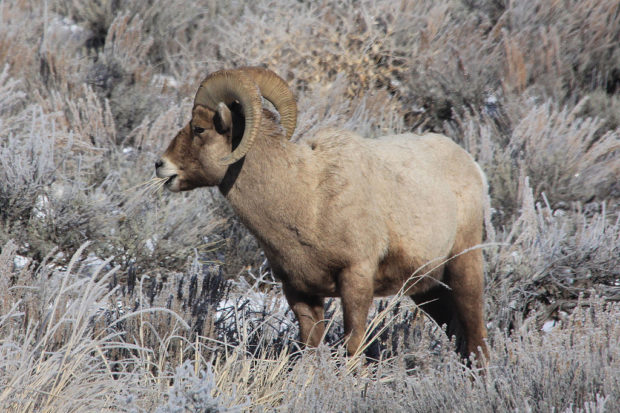
For example, establishing a protected wildlife corridor in the Lower Rio Grande Valley would help species like elk, bighorn sheep, mule deer, pronghorn, lynx, black bear, mountain lions, and the rare Rio Grande cutthroat trout. Nature tourism in this valley generates $463 million and creates over 6,000 full and part-time jobs annually. While it’s important to invest in infrastructure like public roads, restrooms, and parking, it is also important to invest in the natural infrastructure that supports the species that underpin this economy.
Sequestering and Storing Carbon
Many recent climate studies show that in addition to reducing emissions, we must also remove carbon from the atmosphere if we are to avoid the worst impacts of climate change. In addition to investing in technologies to achieve reductions, this can be done through climate-smart agricultural and forestry practices.
In 2016, forests sequestered 670 million metric tons of carbon dioxide, and they have the potential to double, or even triple this indispensable service. While forests are not typically considered “infrastructure,” they are worth including in any infrastructure proposal. These resources can act as our insurance policy against the future impacts of climate change, and up-front investment in forest health has the potential to provide invaluable carbon mitigation benefits in a warming world.
Proper forest management also has the ability to reduce the impacts of megafires, which are being exacerbated by climate change. Megafires produce vast amounts of carbon dioxide, which in turn fuel worsening climate change. Investing in forest management can break this bad feedback loop, and maintain existing carbon sinks (where carbon is stored in soils and plant matter). The U.S. Forest Service estimates that between 65 and 82 million acres are in need of restoration just on lands within their 193 million acre national forest and grassland system. U.S. forests account for more than 90 percent of the country’s carbon sink, and maintaining this critical ecosystem service should be a priority.
Take action: tell your governor and members of Congress to show leadership on climate change.
Take Action!



















